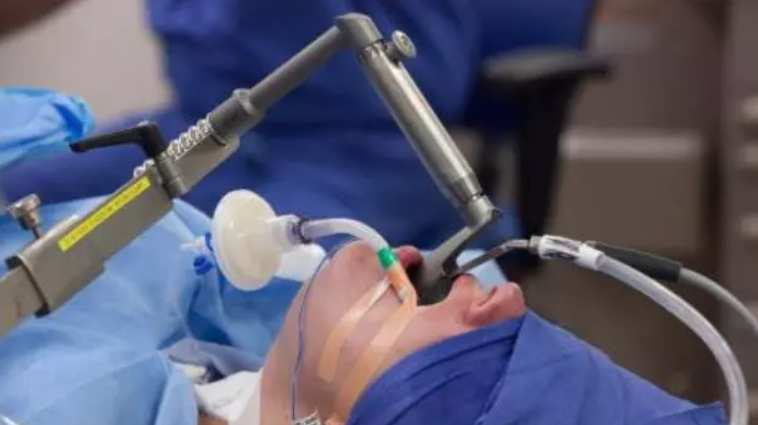
Laryngeal surgery refers to any surgical procedure involving the larynx (voice box), which is responsible for voice production, breathing, and protecting the airway during swallowing. These surgeries are performed for a variety of medical, functional, or oncologic reasons .
Types of Laryngeal Surgery
- Microlaryngoscopy
- Minimally invasive procedure using a microscope and endoscopic tools.
- Used for removing nodules, polyps, cysts, papillomas, or small tumors on the vocal cords.
- Vocal Cord Surgery
- Includes procedures to treat vocal cord paralysis, polyps, nodules, scarring, or sulcus vocalis.
- May involve injection laryngoplasty or medialization thyroplasty to improve voice and airway function.
- Laryngectomy
- Partial Laryngectomy: Removes part of the larynx (usually for cancer), preserves speech.
- Total Laryngectomy: Entire larynx removed; results in loss of natural voice and requires a stoma (permanent opening in the neck).
- Laser Laryngeal Surgery
- Often used to remove benign or early malignant lesions.
- Precise, minimally invasive, and preserves surrounding tissue.
- Tracheostomy (related but not strictly laryngeal)
- A tube is inserted through a neck incision into the windpipe, often when the upper airway is obstructed or after laryngectomy.
🧪 Indications for Laryngeal Surgery
- Benign lesions: polyps, nodules, granulomas, cysts
- Vocal cord paralysis or paresis
- Laryngeal cancer (squamous cell carcinoma)
- Airway obstruction or stenosis
- Chronic hoarseness or voice dysfunction unresponsive to therapy
- Laryngeal trauma
🗣️ Voice Outcomes
- Depending on the procedure, voice quality may improve, remain stable, or decline.
- Voice therapy with a speech-language pathologist is often recommended post-surgery.
- After total laryngectomy, alternative speech methods include:
- Electrolarynx
- Esophageal speech
- Tracheoesophageal puncture (TEP) speech

